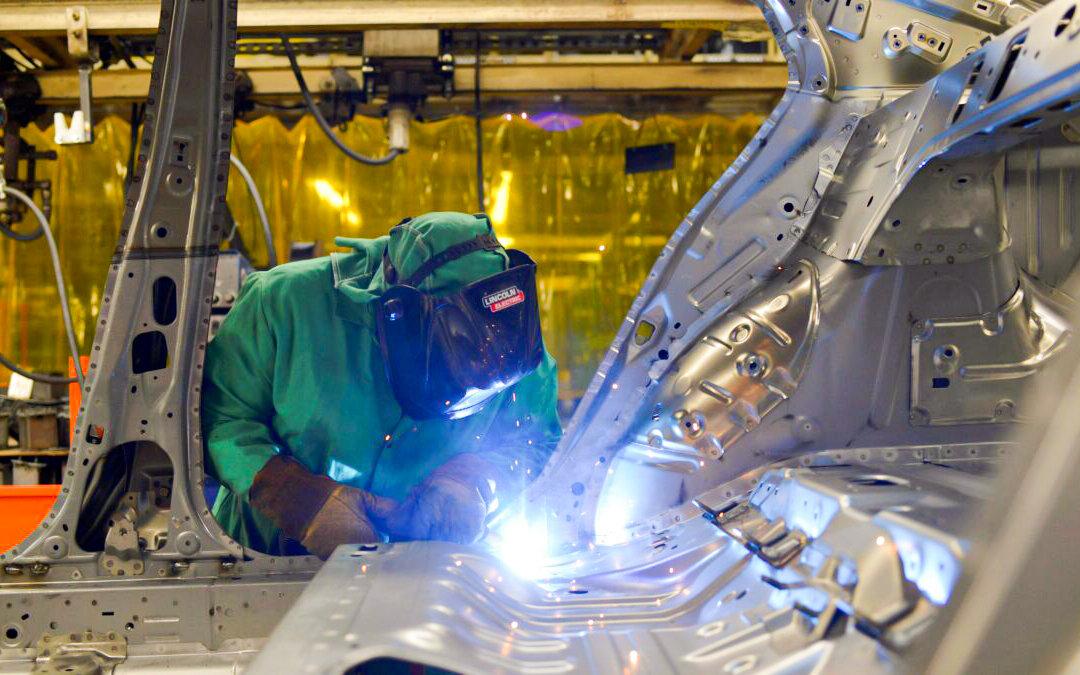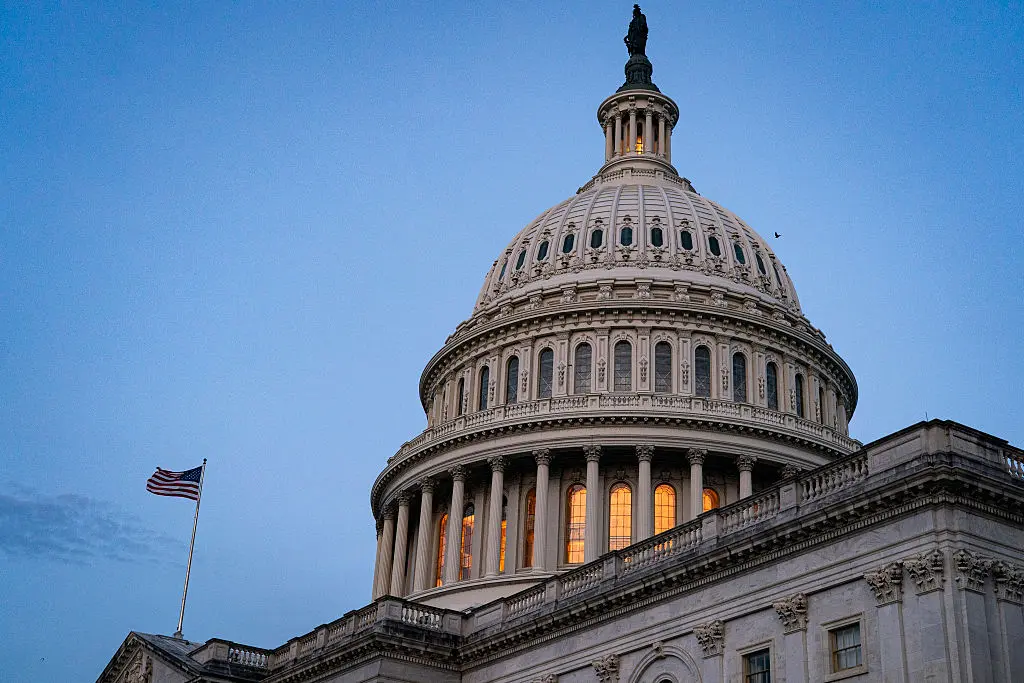Producer prices rose faster in May, reversing their month-over-month decline in April and eroding hopes for a softening of the broader inflationary environment as wholesale prices tend to get passed along to households in the form of consumer price inflation.
The Producer Price Index (PPI), which tracks inflation before it hits consumers, rose by 0.8 percent in May, in line with forecasts but twice the pace of April’s month-over-month price growth. The 0.5 percent pace of wholesale price acceleration in April marked a sharp drop from the blistering 1.6 percent notched in March, raising expectations that price pressures were starting to ease.





